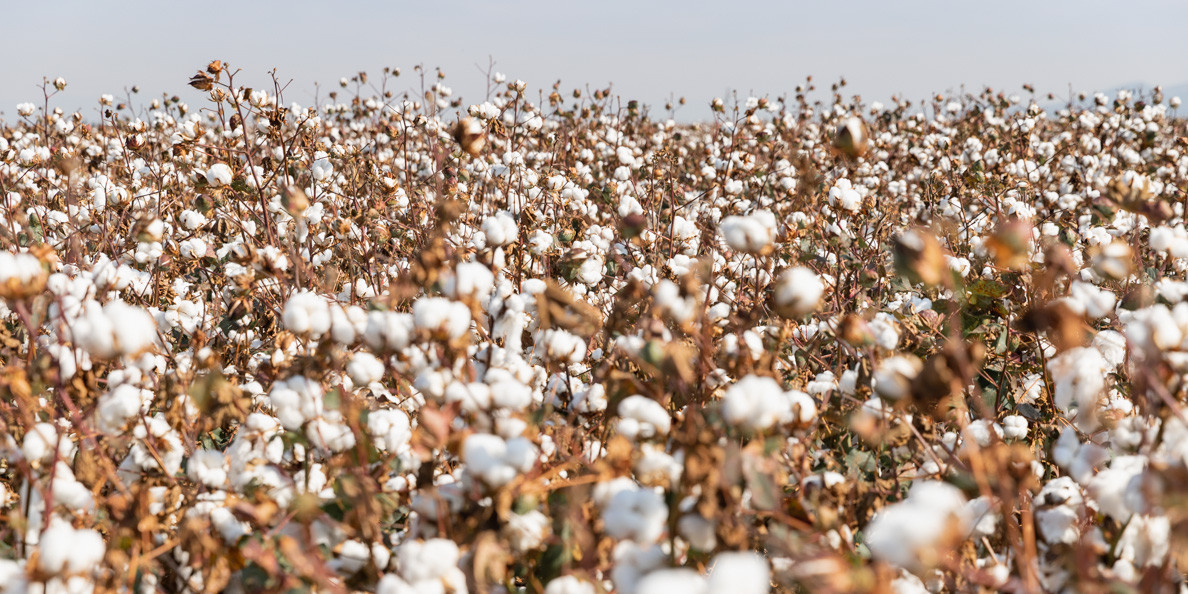While they already have on physical markets, with the Cotlook A index on Tuesday standing at 102.75 cents a pound, futures have yet to return to the magic dollar mark for the first time since November 2011, on a nearest-but-one contract basis.
New York’s best-traded December lot on Wednesday stood at 95.10 cents a pound.
‘Rare situation’
That is already a high price.
Since the start of 2012 (ie after the last price spike fizzled out), December contracts have spent only 3% of their time above 90 cent a pound, according to the US Department of Agriculture.
December contracts, the best-traded cotton lots, have spent more than half their time over that period in the range of 60-75 cents per pound, with the 60-65 cents-per-pound range particularly popular.
And what is unusual is that this year prices are continuing to rise into August.
“While the level at which December futures prices trade over the next several months remains uncertain, one obvious fact is that 2021 cotton prices are near the upper end of the recent historical distribution going into harvest – a situation that rarely occurs,” the USDA said.
Seasonal pattern
In fact, prices tend to rise over the last four months of the year.
Futures have, on a nearest-but-one contract basis, fallen only three times between the end of August and the end of the calendar year, Agrimoney research shows.
And two of those were in years of world production surplus, something the market does not face this year on current USDA forecasts.
It is also worth noting that only once this century, in 2016, did cotton prices set their high in August.
Demand debate
Not that further price rises are a formality.
Louis Rose, at Rose Commodity Group takes issue with USDA forecasts for 3.6% growth in world cotton consumption in 2021-22 (as started this month) to a record high.
“Inflation, the likelihood of increasing interest rates, continued worldwide pandemic shutdowns and regulations, increasing energy prices, and irresponsible governmental fiscal behaviour and poor foreign policy decisions makes for a poor environment for consumption of textiles and other semi-durable goods,” he says.
Indeed, there are some suggestions that demand ideas may be being exaggerated by excessive stockpiling by mills worried over shipping snarl-ups causing supply disruptions.
‘Different market’
Furthermore, production could yet beat expectations.
For instance, the dip in the US cotton yield to 800 pounds per acre, from 817 pounds per acre last year, as the USDA expects does not look etched in stone.
Separate USDA data rate the US crop as being 67% in “good” or “excellent” condition – the highest reading since 2004 for the time of year.
“While prices may spike further in reaction to this ongoing supply squeeze, we could end up with a different market if northern hemisphere crops were to come in without major setbacks and the supply chain normalises,” Plexus Cotton says.
This season vs 2010-11
Some technical factors look like tipping the balance in bulls’ favour, with funds still buying, driving their net long in cotton futures and options to three-year highs, and the on-call numbers stacked in their favour.
Cotton sold to mills but yet to be priced against futures totalled 14.8m bales as of last week – more than 10m bales ahead of unfixed purchases.
Still, even if cotton does break the $1 mark, producers should take care to keep some selling in mind.
World cotton supplies are nowhere near as tight as they were in 2010-11 when prices, having topped 100 cents a pound in October 2010, conquered the 200-cents-a-pound mark four months later.
Global stocks-to-use this season will, at 70.7% on USDA estimates, remain well above the 42.7% figure seen then.
Producers certainly should remember to be quicker to sell than funds, whose hefty net long in cotton has scope for causing substantial price damage it if is unwound in a hurry.


